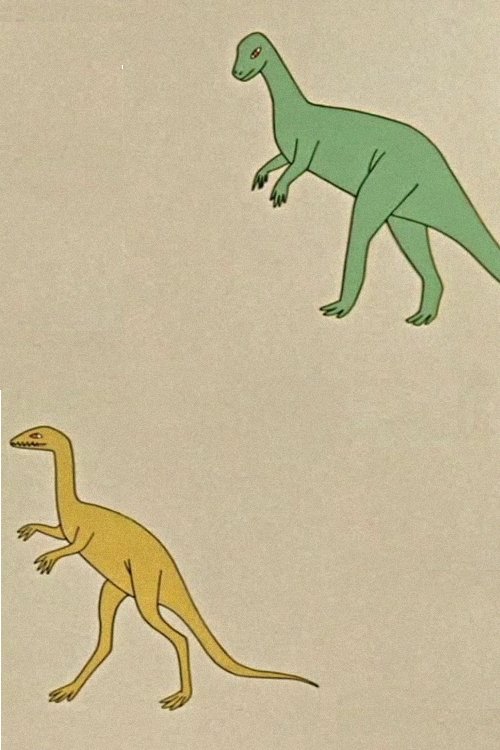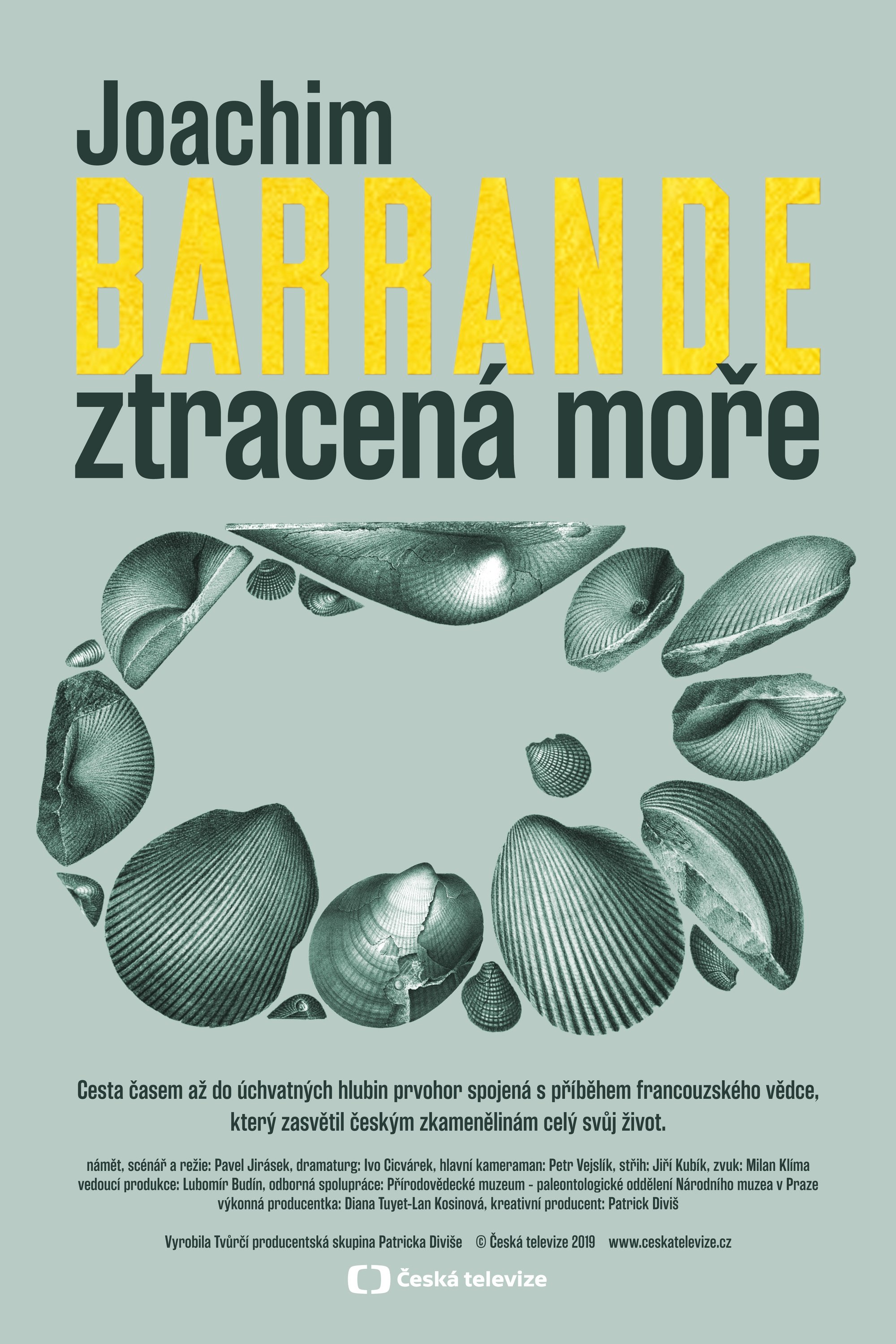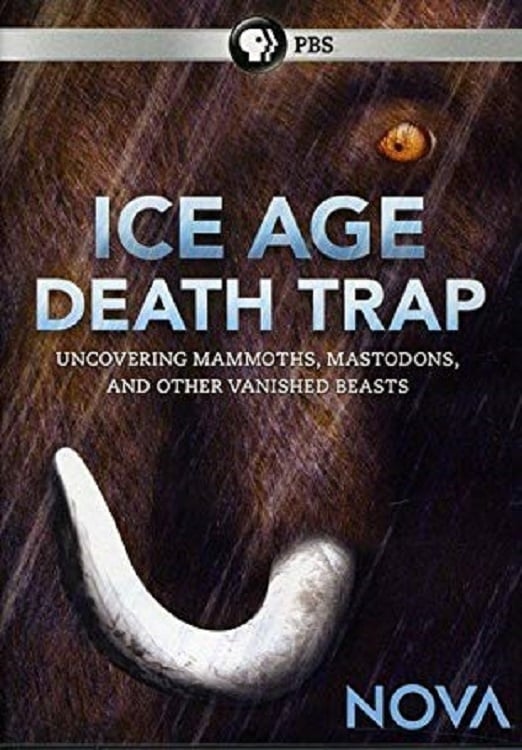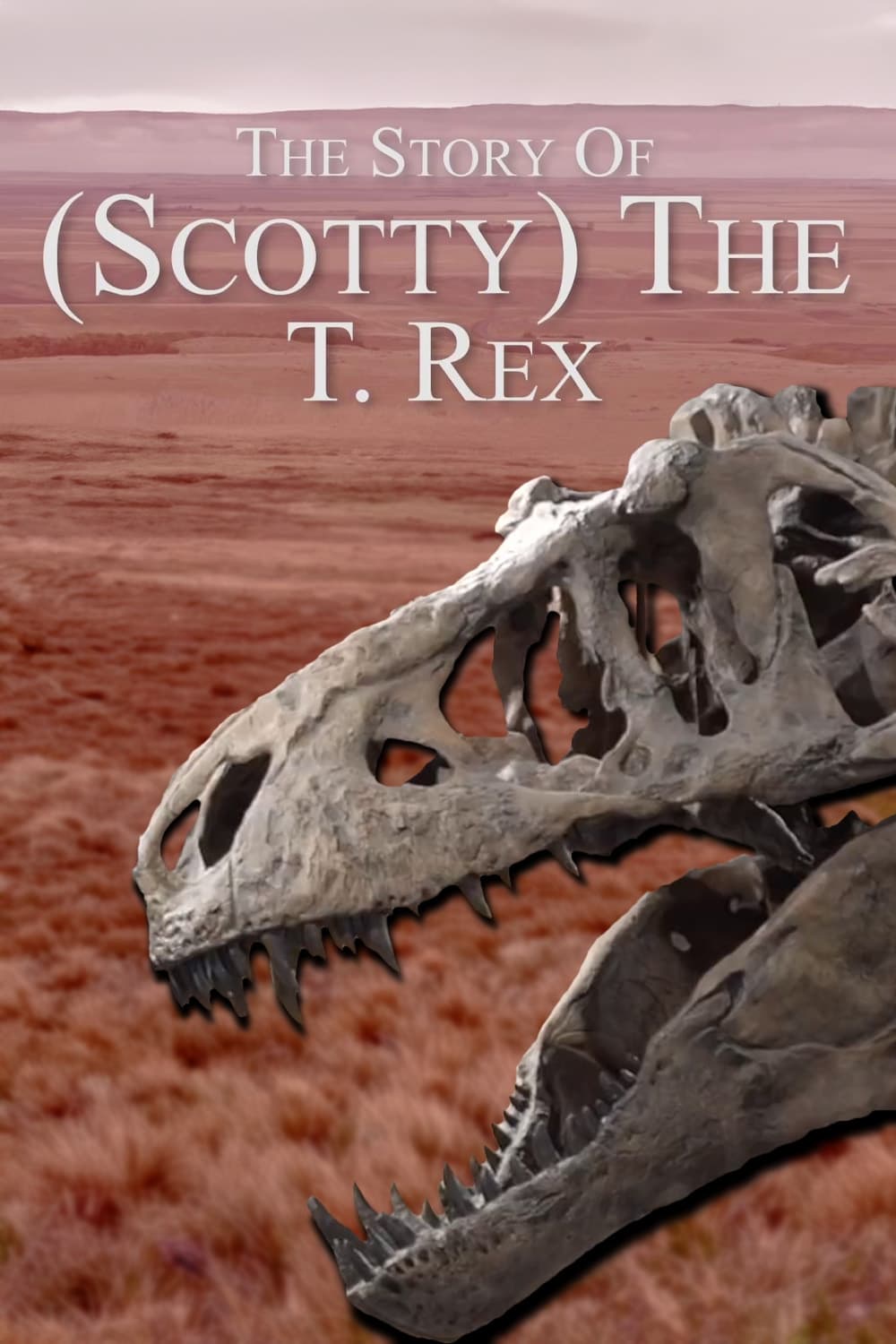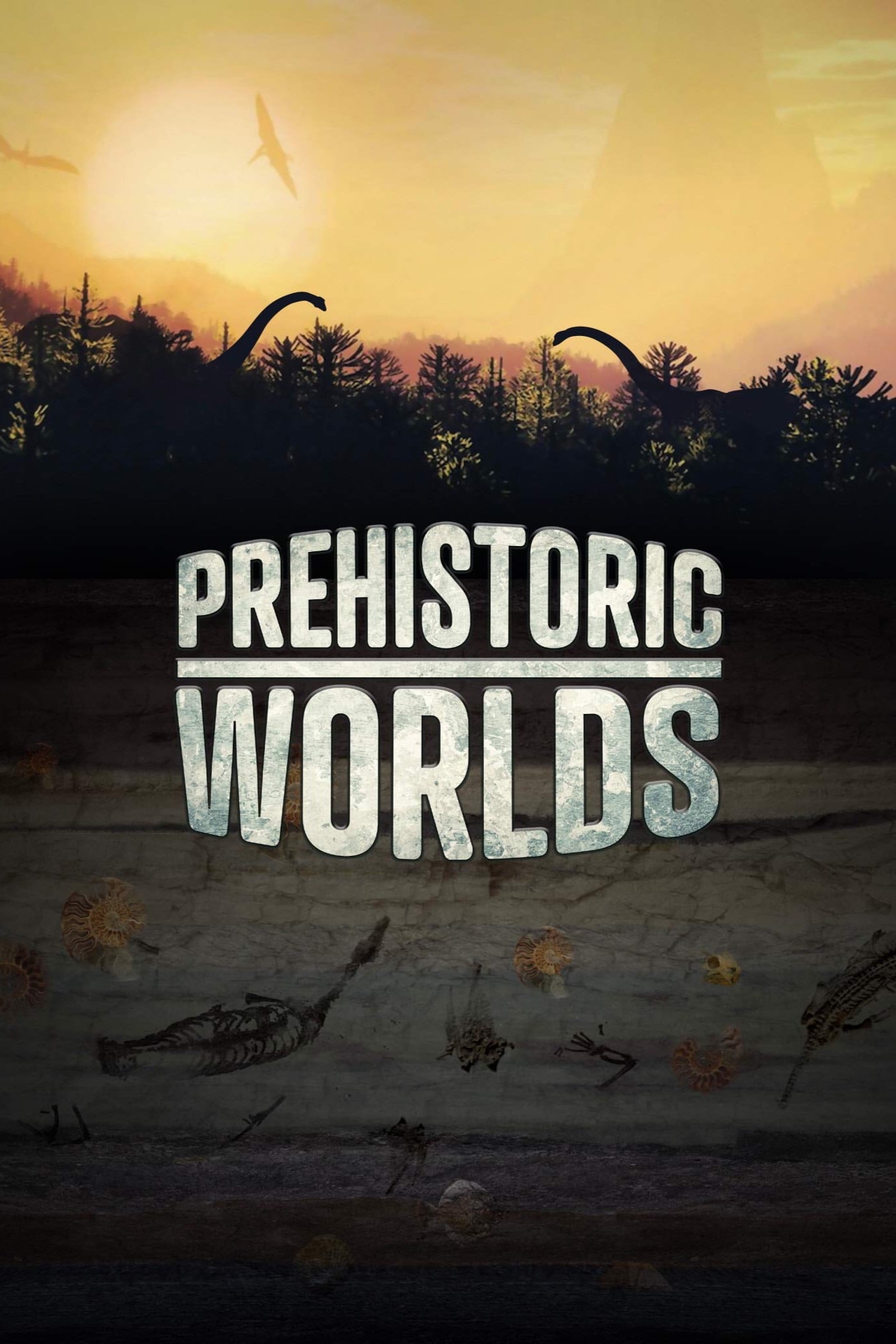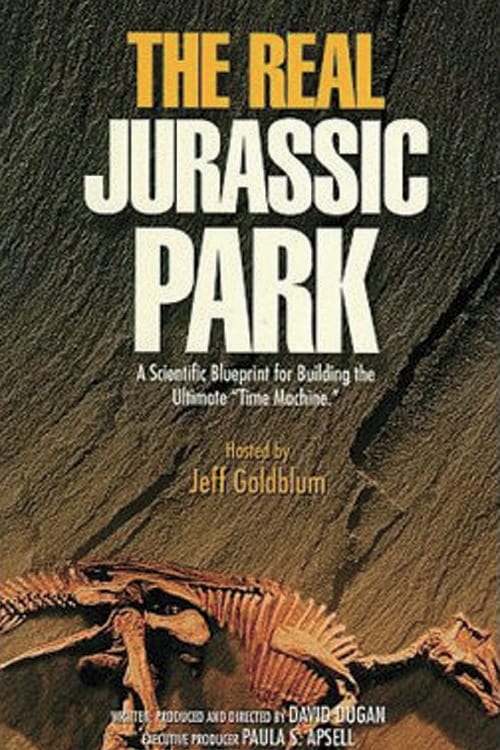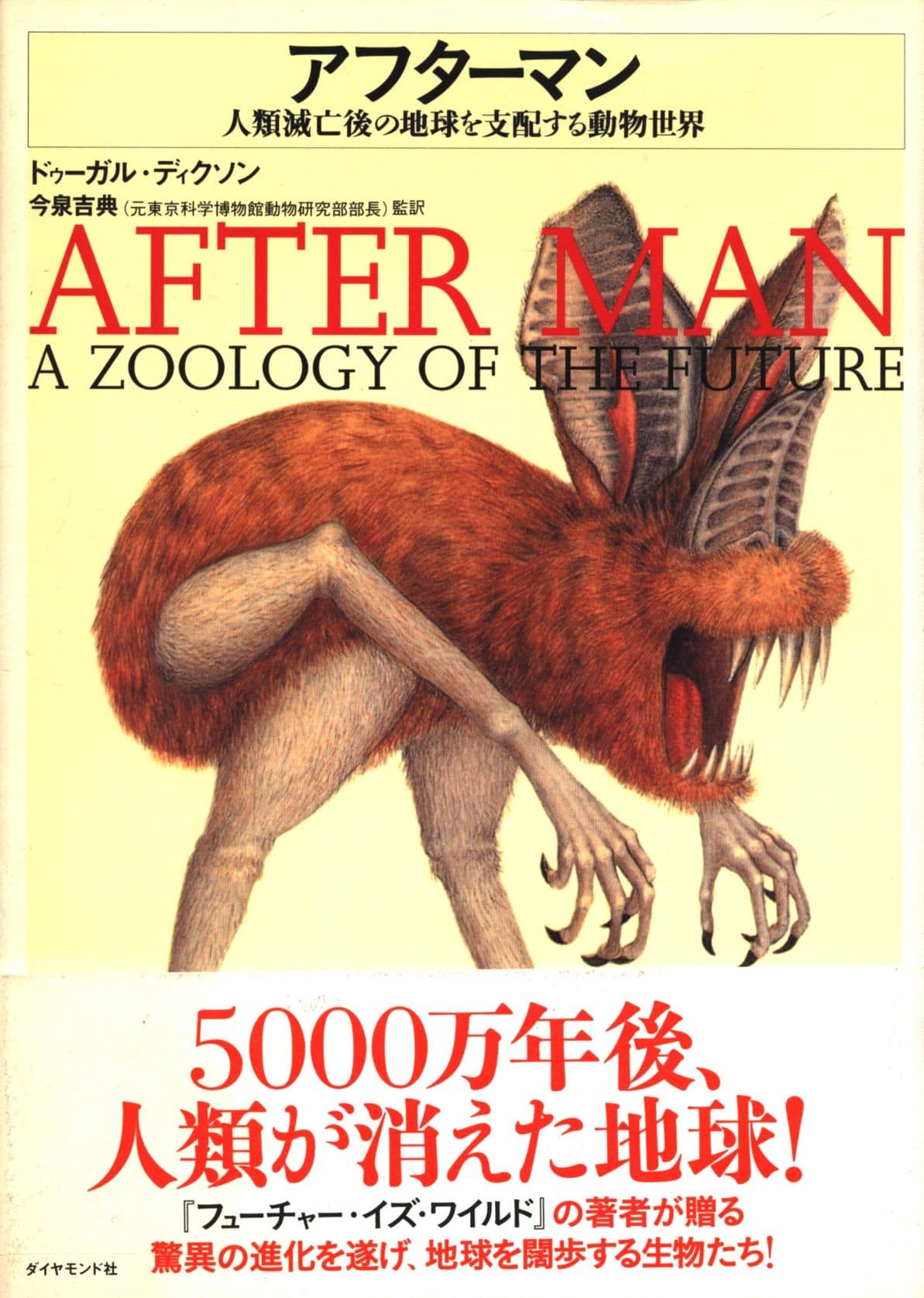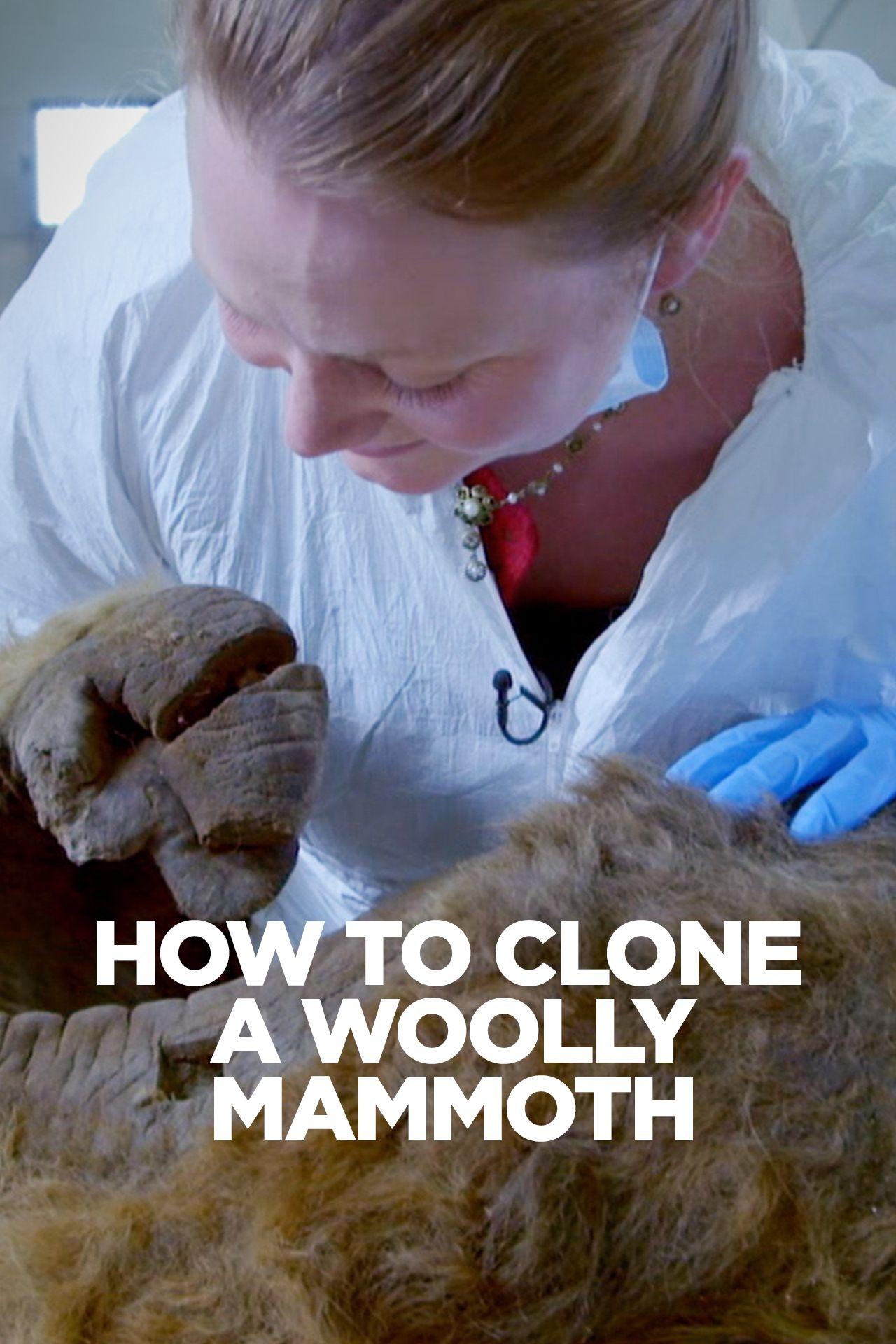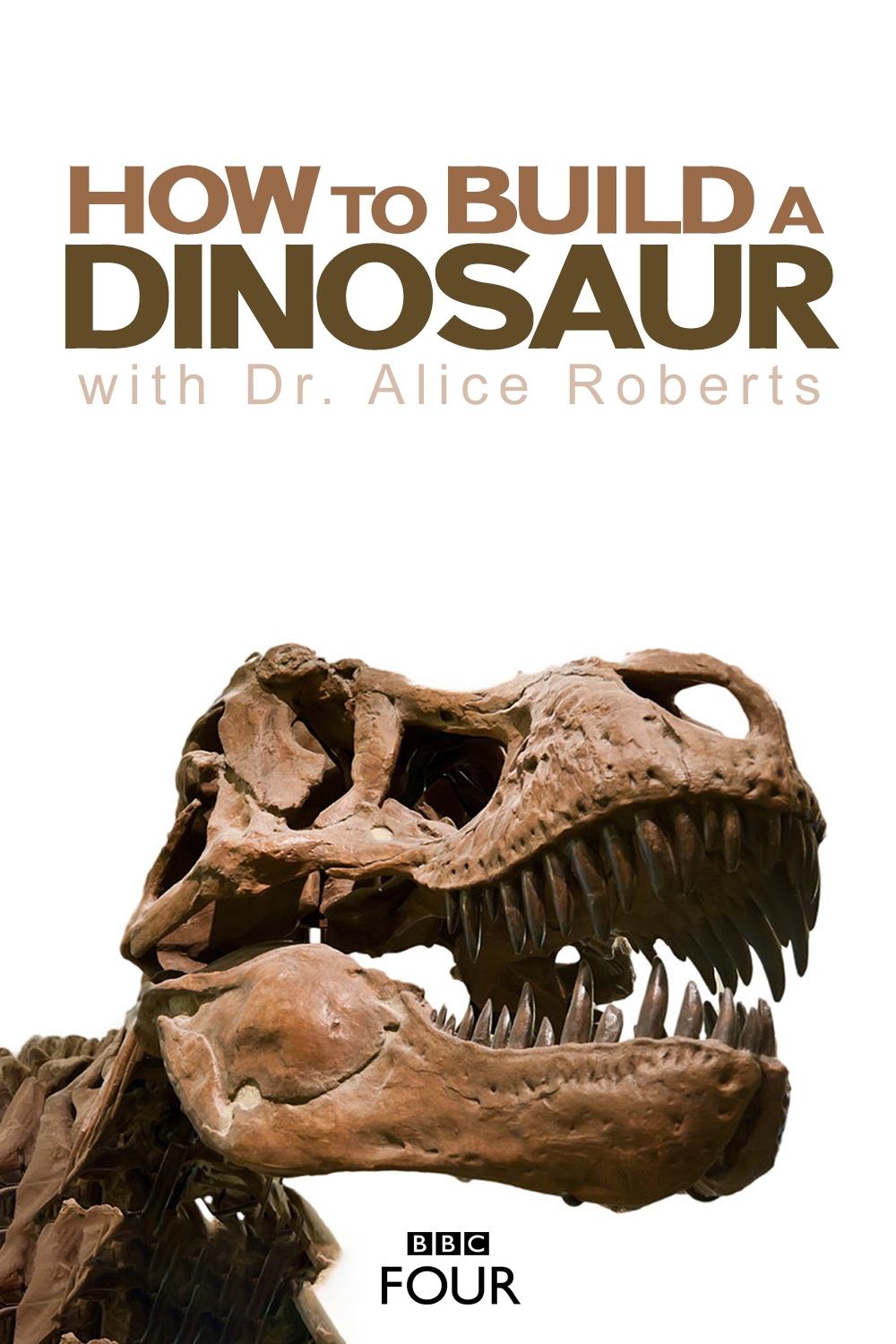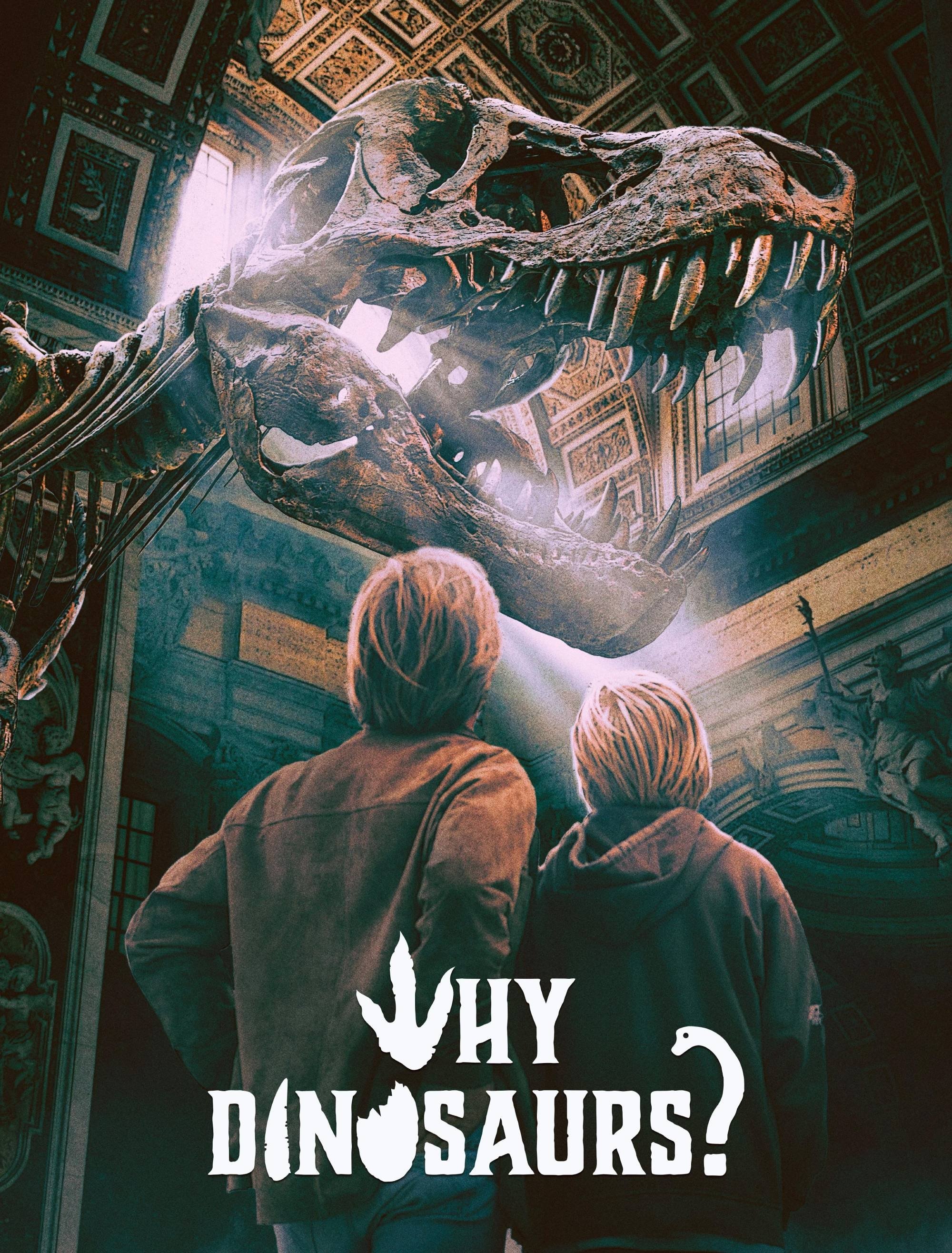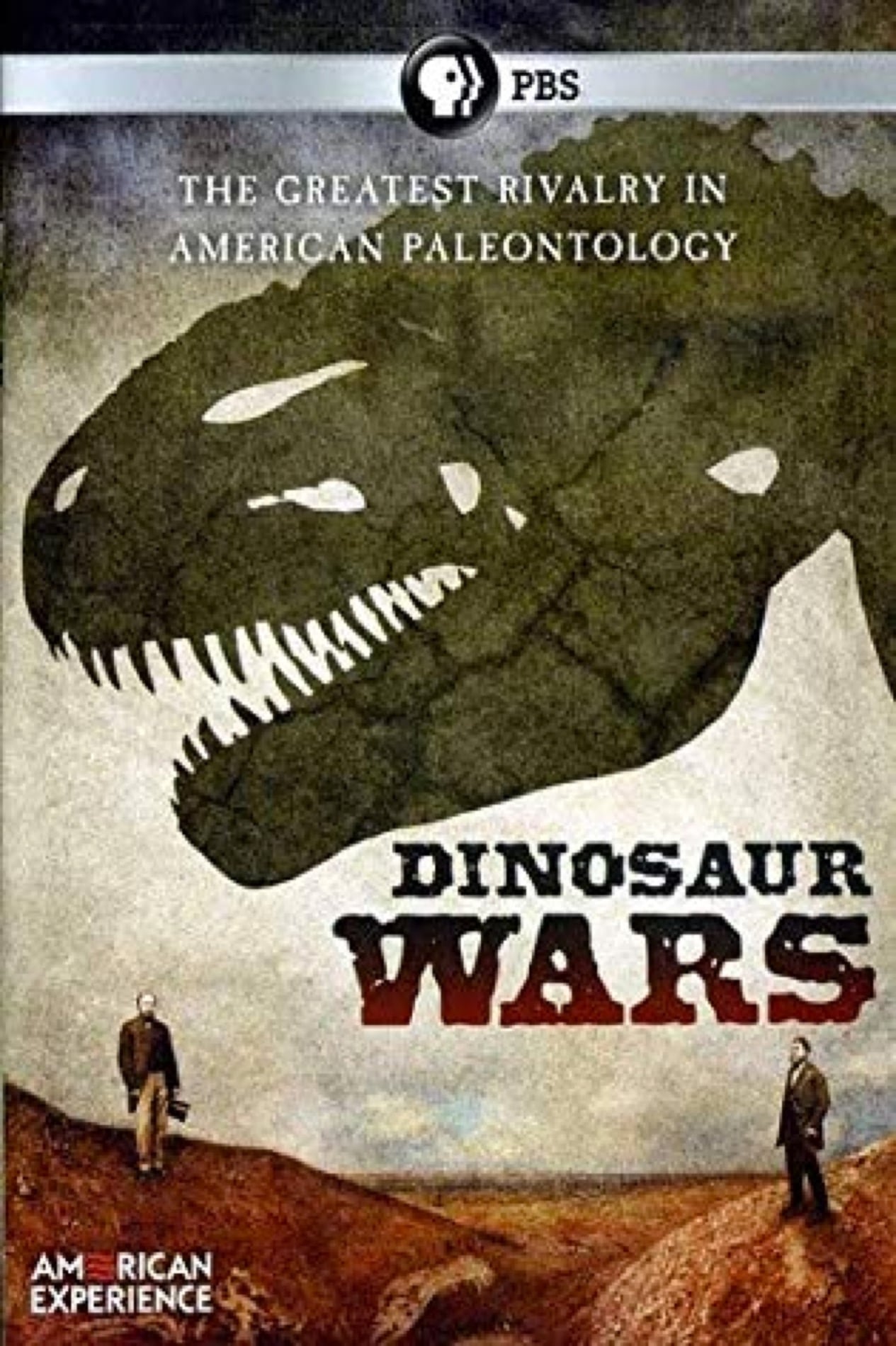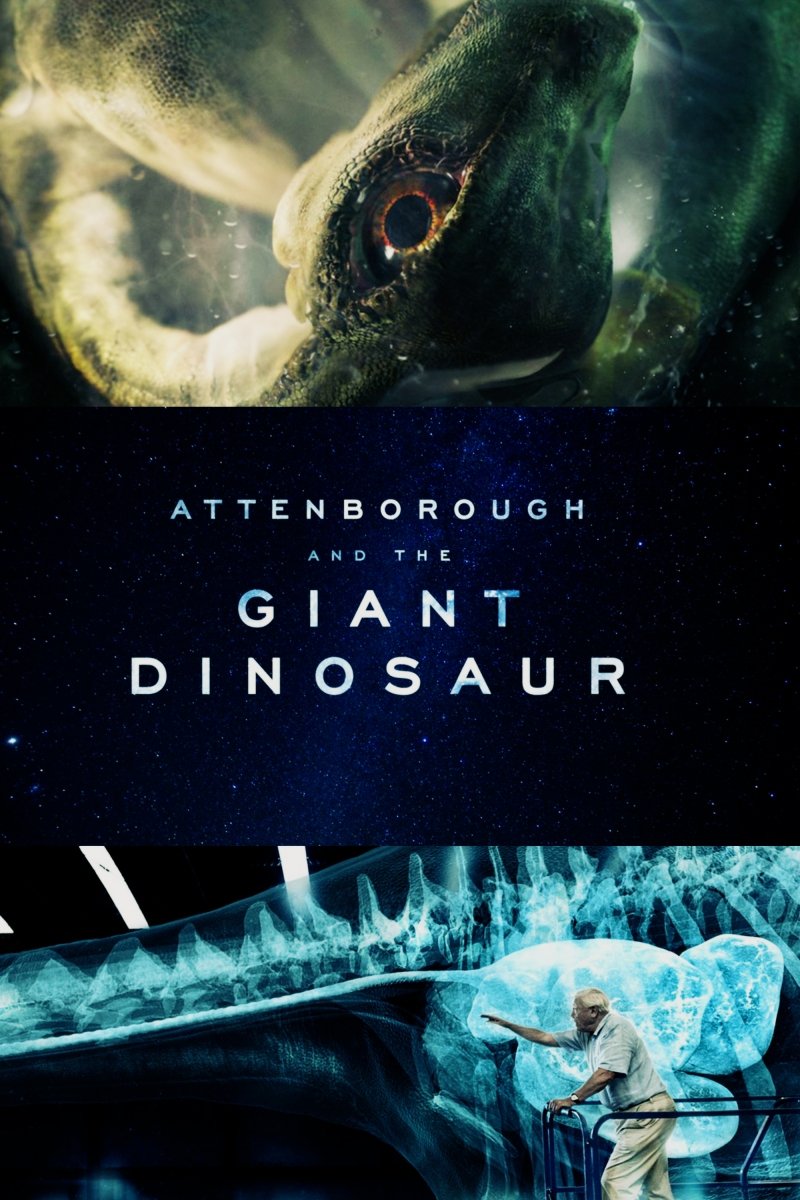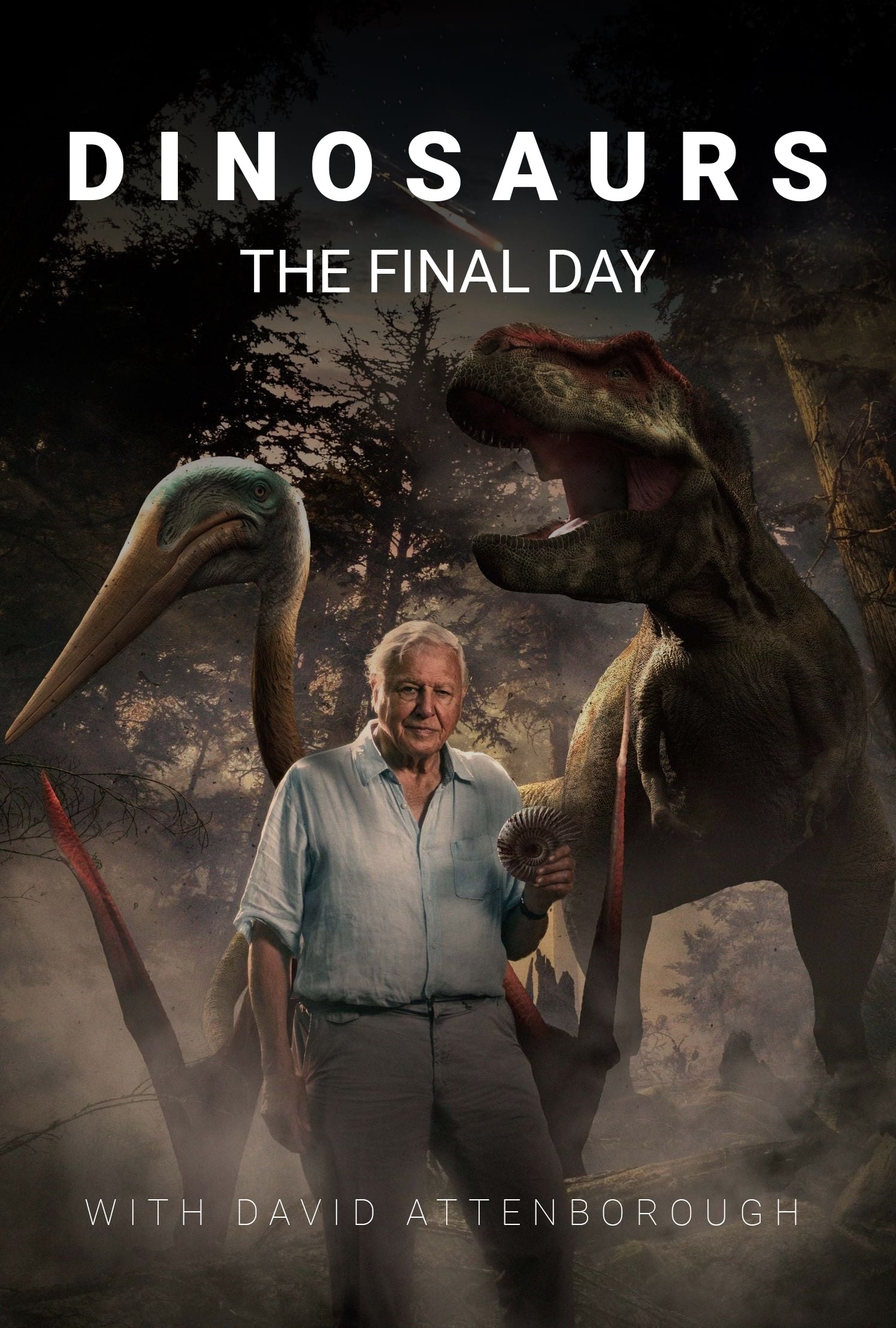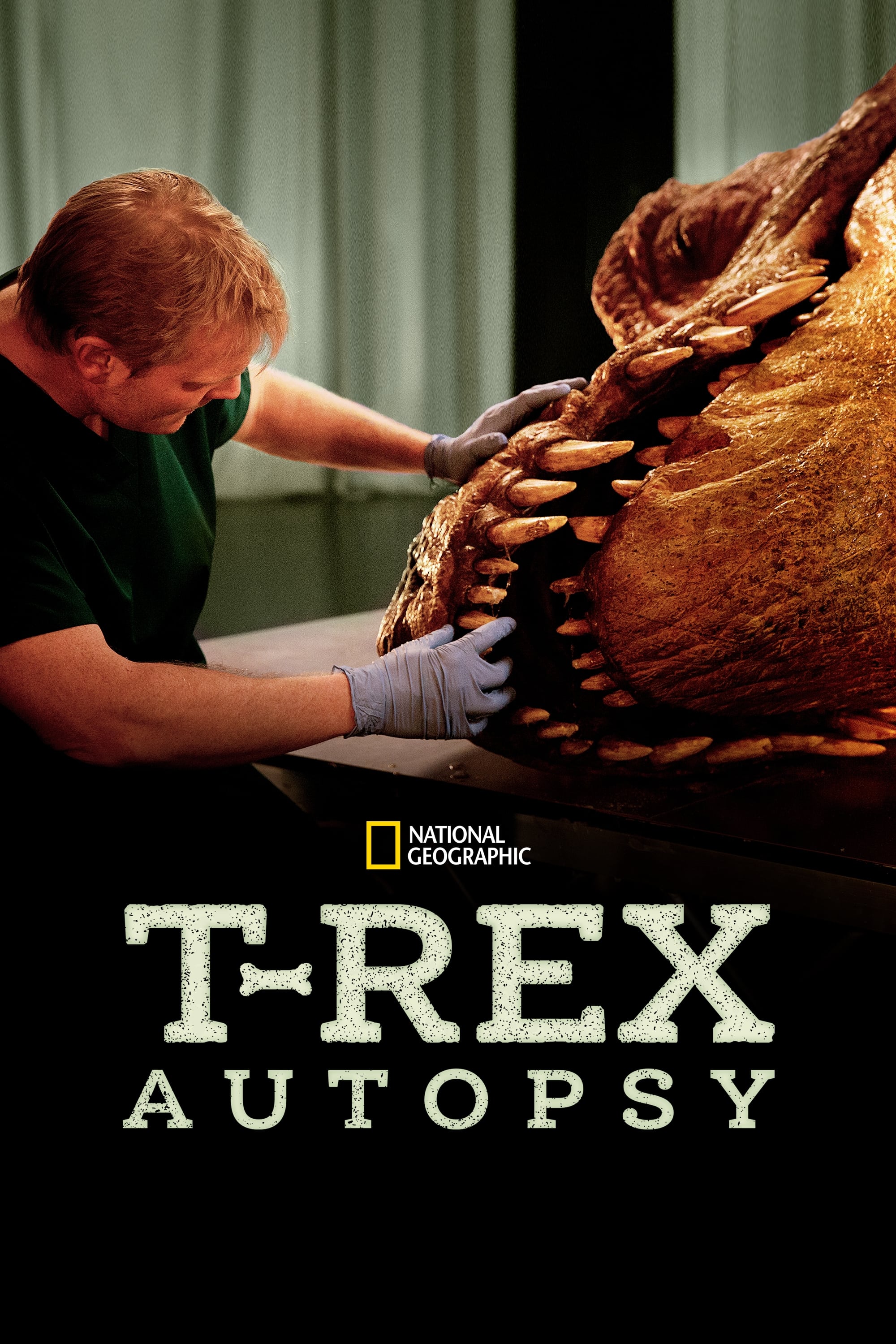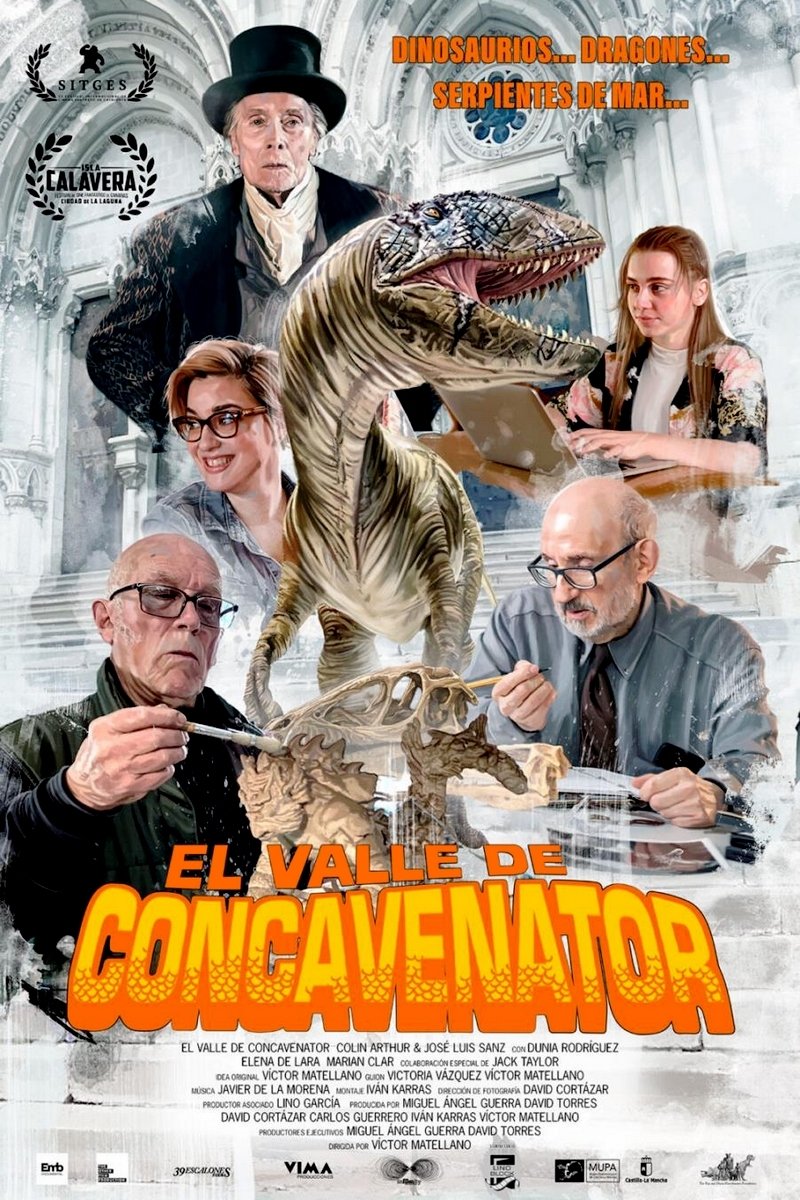Production Companies
Studio populárně vědeckých a naučných filmů Praha
Additional Info
| Budget | $0.00 |
|---|---|
| Revenue | $0.00 |
| Original Language | cs |
| Popularity | 1.2214 |
Directed By
J. V. Staněk
Crew
Editor
Jaromír Janáček
Jaromír Janáček
Director
J. V. Staněk
J. V. Staněk
Screenplay
J. V. Staněk
J. V. Staněk
Director of Photography
J. V. Staněk
J. V. Staněk
Production Manager
Miloslav Procházka
Miloslav Procházka
Original Music Composer
Josef Staněk
Josef Staněk
Story
J. V. Staněk
J. V. Staněk
TOP CAST
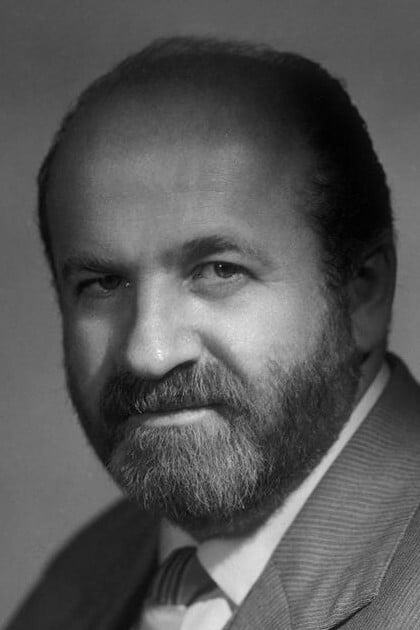
Felix le Breux
Commentary (voice)
